Developing green tourism is an inevitable trend in the context of climate change.
With diverse natural resources and rich tourism potential, green tourism is not only an opportunity for localities in the Mekong Delta to address challenges from climate change, but also to elevate tourism and sustainably develop this comprehensive economic sector.
Many effects of climate change
Regarding the impact of climate change on tourism development in the Mekong Delta, Dr. Doan Manh Cuong (Nguyen Tat Thanh University) said that climate change and natural disasters are among the challenges for green tourism in our country, including the Mekong Delta. Rising sea levels, saltwater intrusion and extreme weather directly affect many tourist destinations.
According to a report by the Ministry of Natural Resources and Environment (formerly known as the Ministry of Agriculture and Environment) , in the Mekong Delta, saline intrusion and land subsidence have reduced about 30% of the area of cultivated land and mangrove forests in the past 10 years, affecting eco-tourism tours...
Sharing the same view, Dr. Phan Cong Khanh (former Director of the Regional Political Academy IV, Ho Chi Minh National Academy of Politics) also said that the Western Mekong Delta has many unique tourism products that few places have, such as river resources, fields, gardens, floating markets, flooded forests, seas, islands, etc.
However, the advantages of the delta are often threatened by climate change and rising sea levels. Some local gardens and rice fields were "devastated" and suffered damage due to the severe drought in 2019. The impact of climate change and other factors also causes water resources to decline and reduce alluvium from the upper Mekong River.
Ca Mau province, a locality in the Mekong Delta, has three sides bordering the sea, low terrain, a dense river system, and is regularly affected by high tides, big waves, rising sea levels, especially climate change and prolonged drought.
Statistics from the functional sector of Ca Mau province show that the province has more than 460km of riverbanks eroded, nearly 84km of coastline continuing to erode at different levels, affecting essential infrastructure and socio-economic development.
According to the Department of Culture, Sports and Tourism of Ca Mau province, the province has great potential for tourism development, especially eco-tourism, with many outstanding destinations such as Mui Ca Mau National Park, U Minh Ha National Park, Hon Khoai and Hon Da Bac island cluster landscape protection areas, Khai Long beach...
The province has about 70% of tourist attractions operating a combination of eco-tourism and community tourism, bringing visitors to see the landscape and experience the lives of local people.
However, activities associated with mangrove and freshwater ecosystems are easily affected by weather conditions or negative impacts of climate change such as saltwater intrusion, storms, high tides, droughts, landslides, etc.
Many infrastructures serving tourism development and relics are also affected and degraded faster due to the impact of climate change and extreme weather.
Specific solutions
According to Dr. Doan Manh Cuong, green tourism is not only an inevitable trend but also an important strategy for sustainable development, taking advantage of rich natural and cultural potential in the context of climate change and increasing pressure from urbanization.
To promote green tourism, localities need to deploy synchronous solutions, from upgrading infrastructure, raising awareness to support mechanisms and responding to climate change.
Each locality needs to prioritize investment in environmentally friendly means of transport, reducing carbon emissions and pollution at tourist destinations.

In the Mekong Delta, where saline intrusion often occurs, Dr. Doan Manh Cuong said that the government can invest in planting wave-blocking forests or research and build floating tourist areas, learning from the Netherlands with its floating house system in Amsterdam. Along with that, management agencies need to encourage hotels and homestays to apply energy-saving standards and reduce waste.
Another important solution is for localities and businesses to build and develop many climate change-adaptive tourism tours, combining sightseeing with mangrove planting activities and releasing aquatic species in water areas, contributing to the restoration, regeneration and development of ecosystems and environmental preservation.
From the perspective of Can Tho city, concerned about the issue of protecting tourism resources such as historical and cultural relics in the context of climate change, Master Dinh Thi Chinh (Can Tho University) proposed that climate change is causing serious challenges, threatening the sustainability of historical and cultural works in the locality.
Preserving tangible cultural heritages against the impacts of climate change in Can Tho is an urgent task, requiring close coordination between management agencies, communities and experts, not only to protect heritages for future generations, but also to contribute to sustainable tourism development, preserving local cultural identity in the context of increasingly complex climate change.
According to Master Dinh Thi Chinh, one of the suitable solutions is to consider investing in installing automatic monitoring stations at important relics, concentrated in areas heavily affected by climate change such as Ninh Kieu wharf, Ong pagoda, and Binh Thuy ancient house.
These stations will continuously monitor environmental parameters such as temperature, humidity, water level, air quality. The collected data is transmitted to the information processing center in real time, allowing quick response when there are signs of abnormalities.
At the same time, the application of advanced technologies such as remote sensing, 3D modeling and some other new technologies will contribute to improving the ability to assess and forecast the impacts of climate change, thereby making conservation decisions timely and effectively./.
Lesson 1: Balancing resource exploitation and conservation, sustainable development orientation
Source: https://www.vietnamplus.vn/dong-bang-song-cuu-long-can-lam-gi-de-nam-bat-co-hoi-hoa-giai-thach-thuc-post1055619.vnp



![[Photo] General Secretary To Lam attends the 80th Anniversary of the Cultural Sector's Traditional Day](https://vphoto.vietnam.vn/thumb/1200x675/vietnam/resource/IMAGE/2025/8/23/7a88e6b58502490aa153adf8f0eec2b2)
![[Photo] Prime Minister Pham Minh Chinh chairs the meeting of the Government Party Committee Standing Committee](https://vphoto.vietnam.vn/thumb/1200x675/vietnam/resource/IMAGE/2025/8/23/8e94aa3d26424d1ab1528c3e4bbacc45)
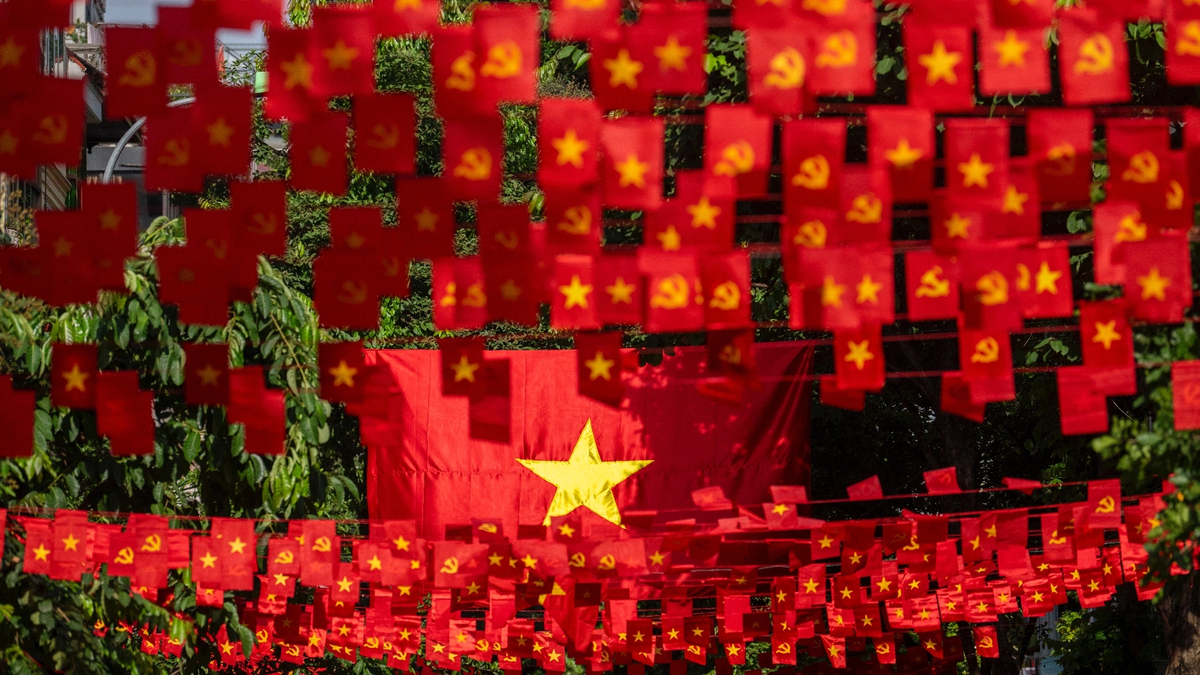
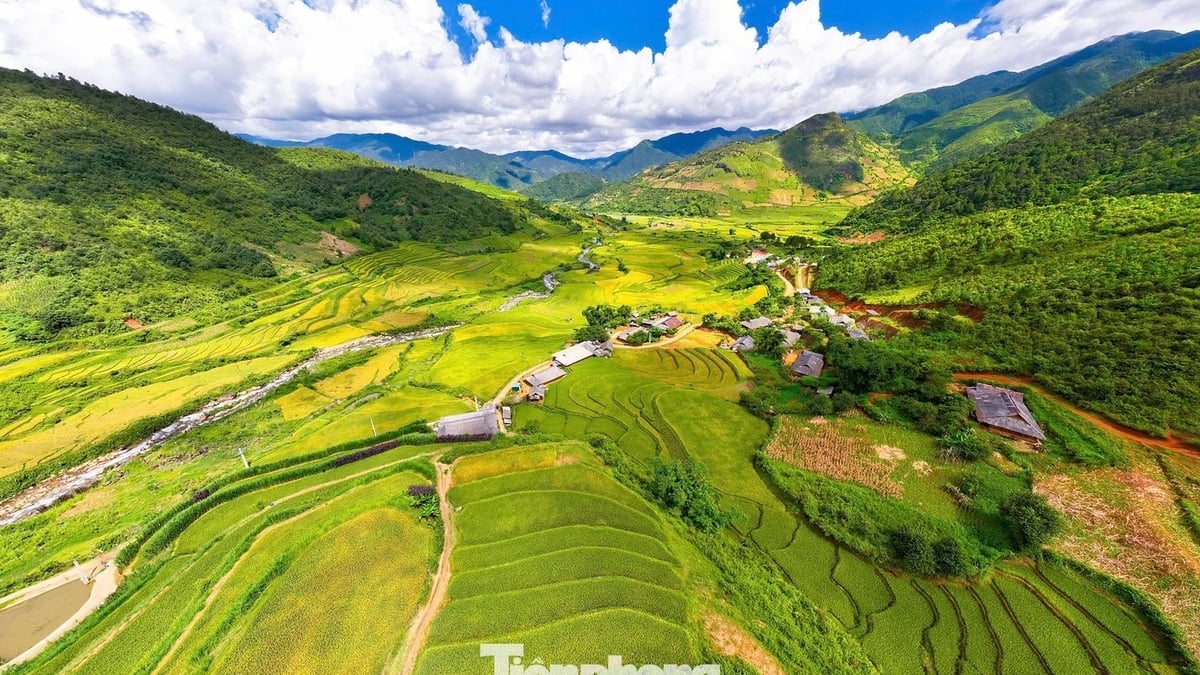
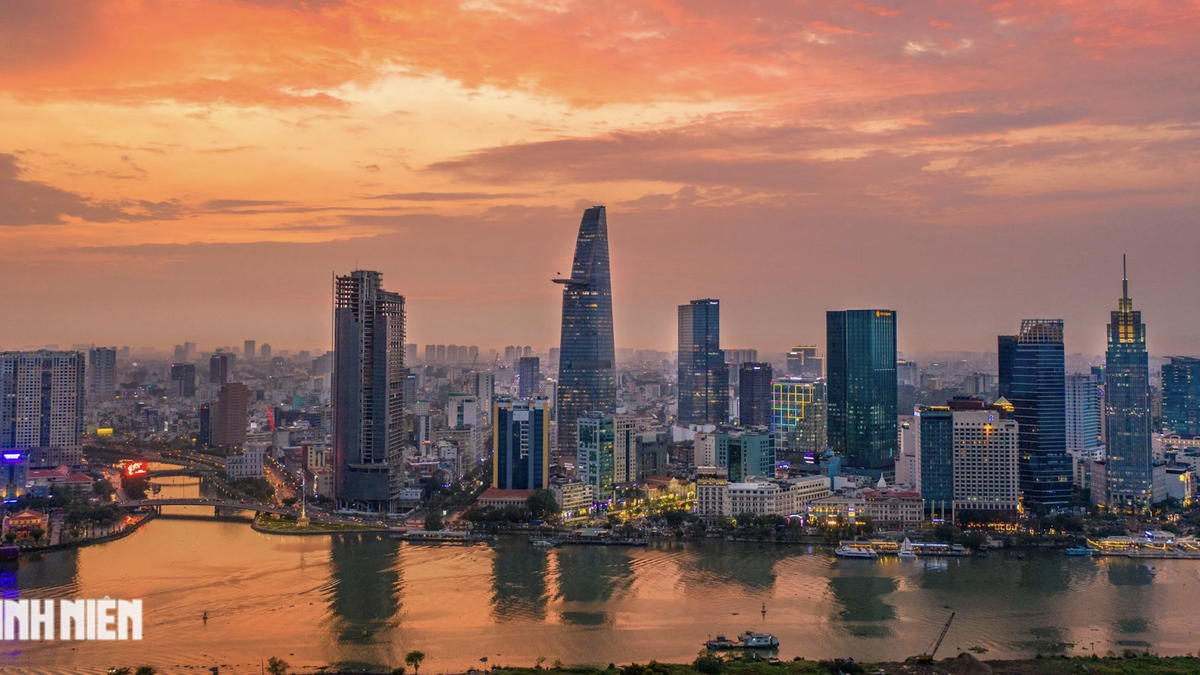

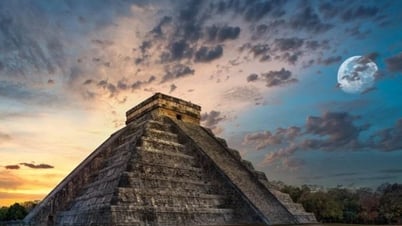

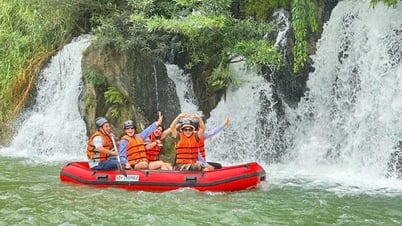

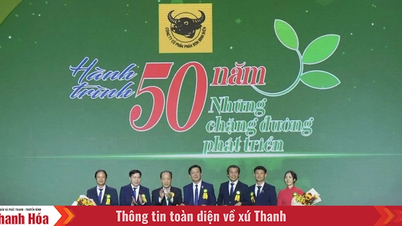

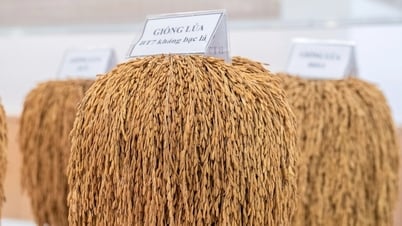




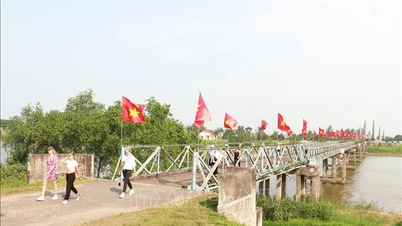

















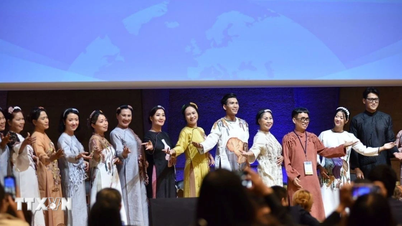
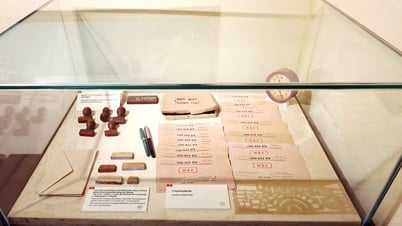

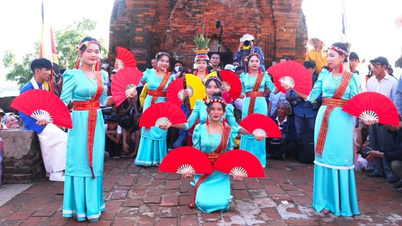
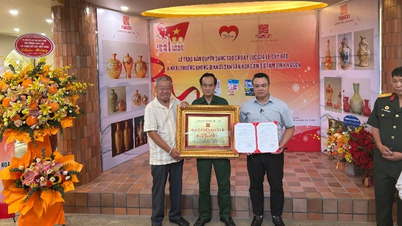
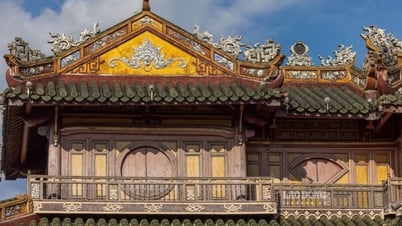

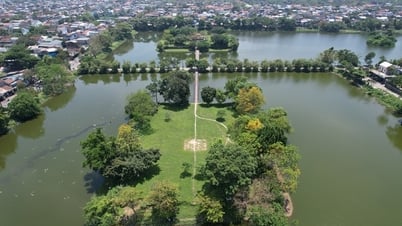



















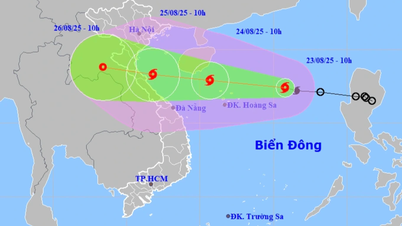


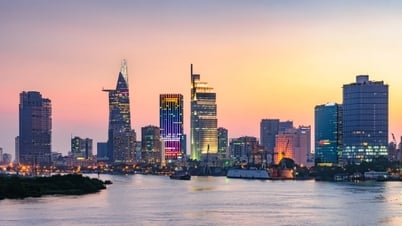




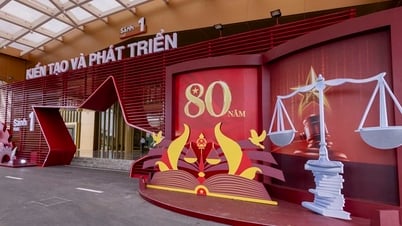

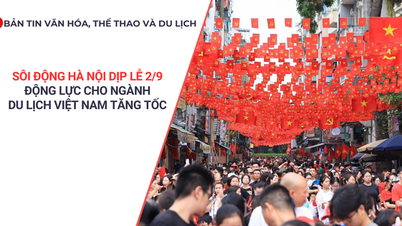

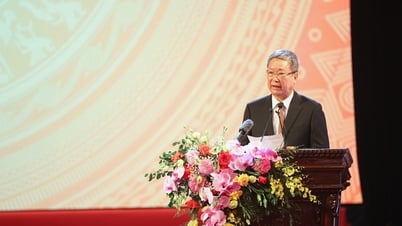
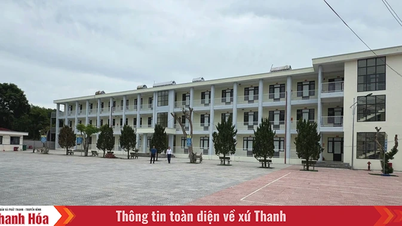
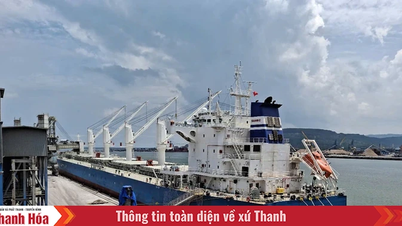
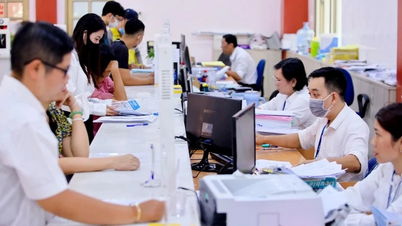

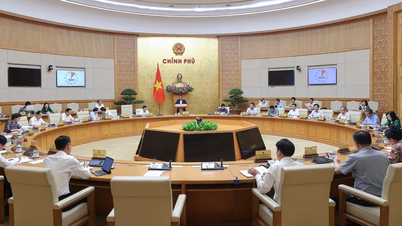



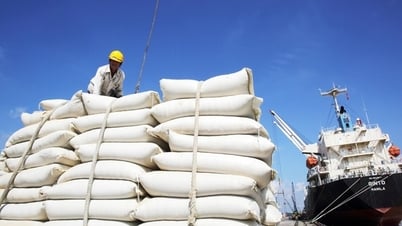



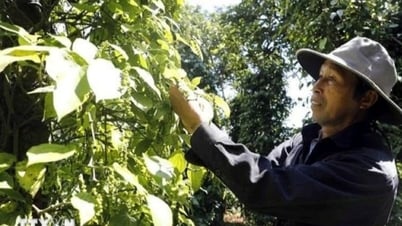






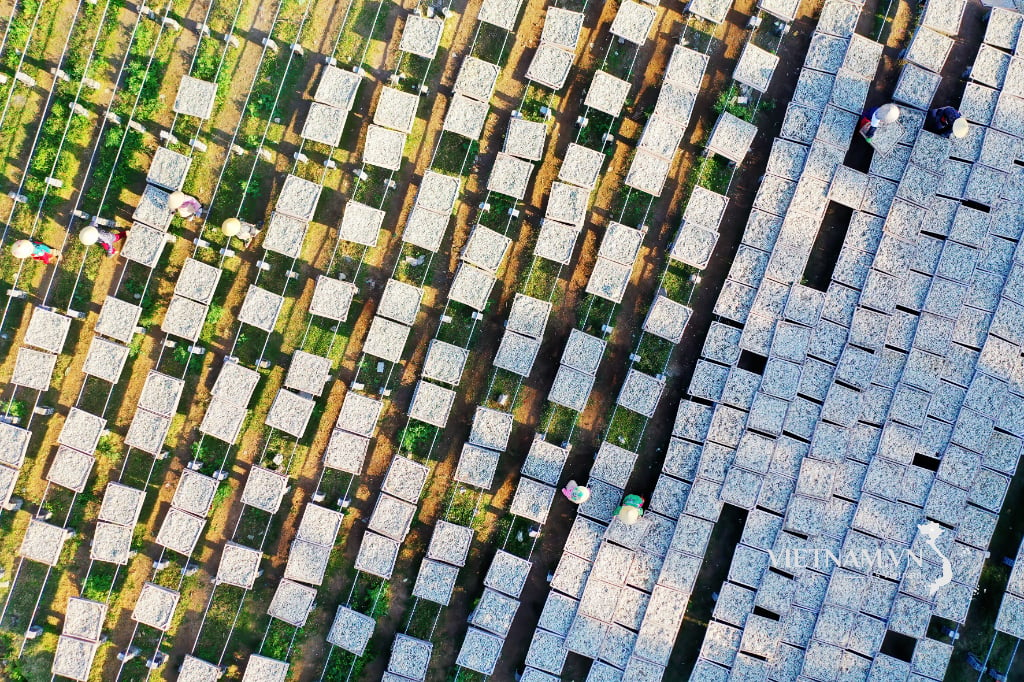



Comment (0)